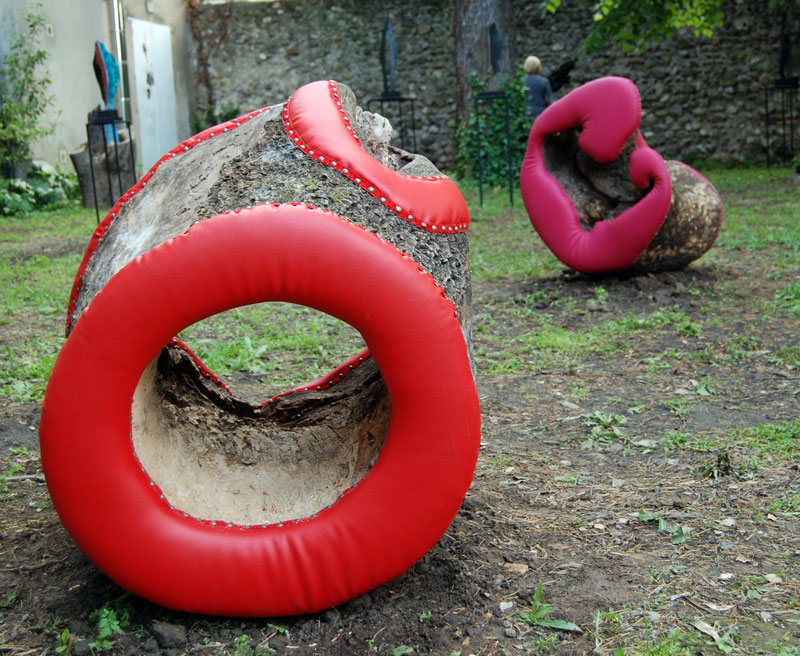by Madelon Galland, December 13, 1999
The changes we have witnessed in this century promise to evolve at an even greater speed as the volume of the world collapses under the reach of globalization and technological herding. Under the acceleration of commodification in late capitalism, in which all forms of opposition are absorbed, co-opted and commodified to the point of dissolution, we stand at the brink of the 21st century; dispossessed of any authenticity, integrity, power or even recourse to the “self”. The disparity created when care has been assigned an exchange value, when productivity and net worth stand as the guage of human accomplishment, and distance masks itself as proximity, magnifies the fact of our impotence and alienation. Co-opted as we are by the roles we play for our survival, the self reveals itself as merely a fractured lineage of imposters, each catering to the specified expectation of roles imposed from without: daughter, sister, worker, boss, taxpayer, consumer, teacher, student, friend, lover, patient, client, neighbor, landlord, tenant, victim, perpetrator, biological being, thinking being, doing being, artist.
Art must resonate with the discord of being. Art should reek of the agitation from which it arises. The dilemma of permissiveness in art at this time in history proves how capitalism has been reified in the individual, making all radical gestures mute. We have been robbed of the illusion of originality, and integrity has become obsolete. How do we proceed when there is no edge to push against? We proceed by investigation, by the humble awareness and full immersion into this disparity. Contradiction is unavoidable and should be itself appropriated to compound the fact of our dispossession. Steeped in the residue of this theft we can imagine a space uninhabited by commodity colonialism, even if only by pointing to its absence. It is this absence that art should extend to the world , make both palpable and intangible, a boundless arena for contemplation and impenetrable to claims of ownership.




 ©Madelon Galland, Big Tree Little Stump, Memphis, TN 2002
©Madelon Galland, Big Tree Little Stump, Memphis, TN 2002 ©Madelon Galland, Times Square Stump, 2000
©Madelon Galland, Times Square Stump, 2000 ©Madelon Galland, Ramapo 4, 2001
©Madelon Galland, Ramapo 4, 2001 ©Madelon Galland, Closet Installation, ABC No Rio, NYC, 2000
©Madelon Galland, Closet Installation, ABC No Rio, NYC, 2000 ©Madelon Galland, Homeless Tree, Hell’s Kitchen 2002
©Madelon Galland, Homeless Tree, Hell’s Kitchen 2002